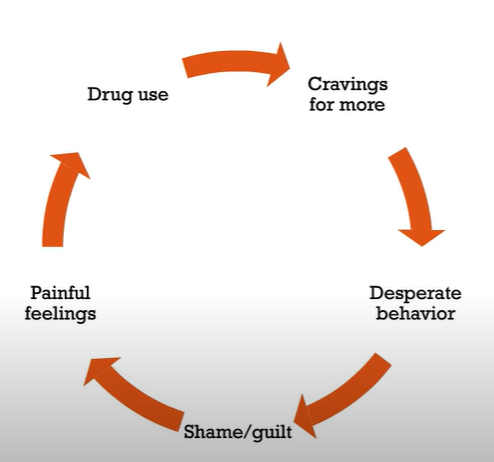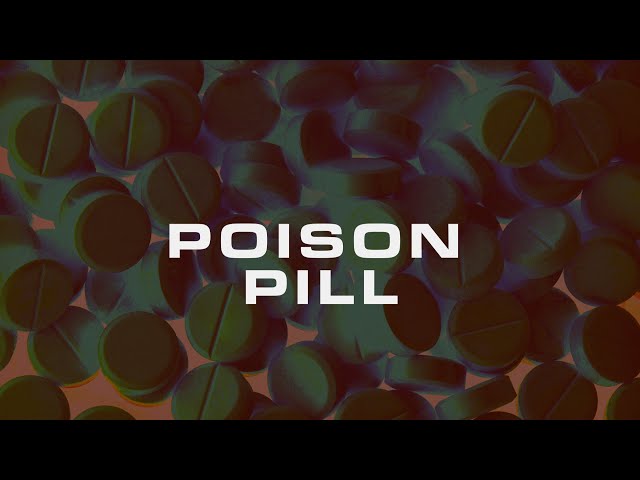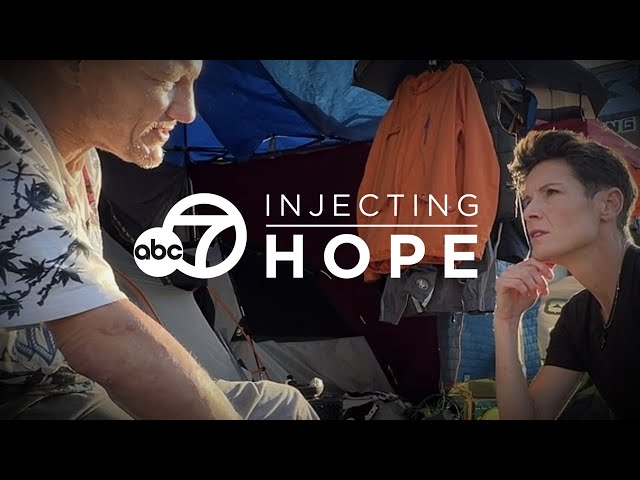Introduction
This webinar offers an in-depth look at the unique challenges individuals with an opiate addiction face in achieving and maintaining sobriety. It will explore the physical, emotional, and social barriers that complicate recovery, such as stigma, relapse risks, and limited access to care. The session will also present evidence-based strategies to support long-term recovery, providing participants with practical tools to enhance treatment outcomes and foster stronger client engagement. Additionally, it will cover methods to reduce the risk of clients leaving treatment prematurely by emphasizing early intervention, personalized care, and sustained support. Participants will leave with a deeper understanding of how to better support individuals struggling with opioid addiction and improve recovery success rates within their communities.
Foundations Recovery Network also has a large playlist of webinars.
Watch Now!
After watching the following video, you are welcome to share your experience by providing a review of the resource.
Quotes
“The number of unintentional overdose deaths from prescription pain relievers in the United States has more than quadrupled since 1999.”
“The United States is the biggest consumer of prescription opiates, accounting for almost 100% of the world total for hydrocodone (e.g., Vicodin) and 81% for oxycodone (e.g., Percocet).”
“By 2010, the number of pain medications prescribed was enough to keep every single American medicated for one month’s time.”
“Opiates create a sense of pleasure and well-being and, as so many people say, the euphoric feeling is extremely pleasing.”
“What we are trying to do in recovery is help people find healthy ways of getting a dopamine release.”

“It starts off with drug use then the person has cravings for more. They engage in desperate behaviours, leading to feelings of shame and guilt. This is painful and the person turns to drugs to cope with those painful feelings. So it becomes a vicious cycle.”
“Opiate addiction is defined as a chronic relapsing disease caused by changes in the brain and characterized by uncontrollable drug seeking no matter the consequences.”
“People end up doing things they would never normally do. The frontal cortex decreases in functioning, so you don’t have the reasoning skills, and the desire to get the drug feels as if it’s life or death. It becomes survival and then leads to increased shame and guilt.”
“I believe that the best outcomes are when individuals can get long-term treatment and that in treatment clients need structure to help them learn impulse control and self-regulation. It takes time to get clarity of thought because the brain has been hijacked.”
“Many residential and inpatient facilities are using EMDR and other strategies to address issues of trauma, but often times individuals are just not ready to address that trauma during the first 30 days of treatment.”
“A huge part of helping individuals maintain long-term sobriety is helping them learn to trust and creating an atmosphere of trust.”
Continue Learning
Please view the following additional resources to continue learning about some of the topics discussed in this resource. If you have any suggestions, concerns or general comments, feel free to contact me as well!





